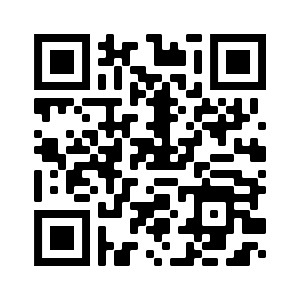By :Nelly All - Mohamed Shawky
Shifts in data traffic have changed drastically as COVID-19 continues to separate many of us from our normal lives. But how are networks adapting? In our latest blog post, we look at the changing traffic patterns in networks worldwide, and clarify what Communication Service Providers (CSPs) can do to meet demand.
With dozens of countries on lockdown, and millions working from home, there has been significant pressure on the infrastructure of many cities across the world. Healthcare systems, school systems, and businesses are all under stress.
Right now, connectivity is key. Fixed and mobile telecommunications networks have become an even bigger part of the critical infrastructure. It’s keeping millions of us in work, it’s enabling families to keep in touch with loved ones, and friends to continue their Friday night social – albeit from the comfort of their living room. But where are the shifts in data traffic happening?
In the last few weeks, we’ve seen major shifts in traffic moving from downtown to suburban and residential areas, as more lockdowns mean less mobility and movement into the cities. Mobile broadband networks have experienced this traffic pattern shift with a decrease of data traffic in urban areas and an increase in suburban and residential areas. But as people are moving less, and working from home more, the largest share of traffic increases are being absorbed by the fixed residential network (WiFi, essentially), where the increase has ranged from 20% up to 100% in different networks around the world. WiFi within the home is where the action is now.
Streaming services are seeing major increases in use, to the point where services like Netflix, Amazon Prime and YouTube have decreased the quality of its streaming services to avoid capacity constraints.
The ‘Lockdown Effect’: How networks have been impacted since the coronavirus outbreak.
There have also been significant data increases in bi-directional services, such as software and apps for video calls and tools for smart working. Video conferencing service Zoom saw a 535% rise in daily traffic in the past month as more people use video conferencing to carry out daily work. Stress in these particular services are predominantly on uplink capabilities – the process of uploading content. In Italy, for example, where the lockdown has been one of the most stringent, data relating to upload traffic has grown by 40% in some networks.
In times of crisis, it’s good to talk, and by far the biggest change we’re seeing is in voice services. For example, voice-over WiFi services have seen increases of 90% for some US-based service providers, and a staggering 180% in the Netherlands. In Europe, for example, Spain, Germany and Switzerland have seen a significant increase in mobile voice calls of up to 50% in recent weeks.
We’re in an exceptional situation, but this doesn't mean that consumers are ready to lower their expectations on performance from applications like gaming, streaming or videoconferencing.
The impact and actions being taken by CSPs
Service providers have reacted quickly in the last few weeks to adapt to this ‘new normal’, taking temporary measures to help customers, and society stay connected in these challenging times. This includes either increasing the “bucket size” or allowing unlimited data for a short period of time. As a result, some mobile networks are experiencing an increase in data traffic. In countries that have been severely affected by coronavirus in the last few weeks we’ve seen the following:
Consider deactivate throttling, as it has a negative impact in the load (serve users as fast as possible instead). The exception here is lawful service throttling for streaming services, which can reduce load
Radio expansions and spectrum additions might also be required to cope with the increased traffic demand













































































